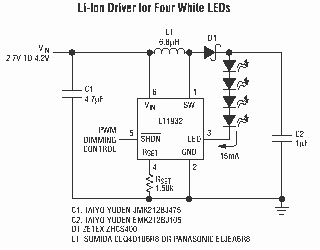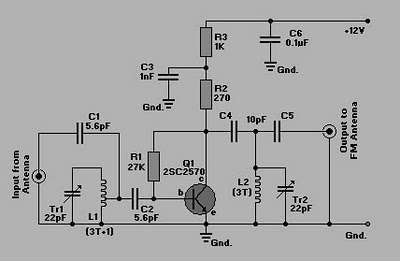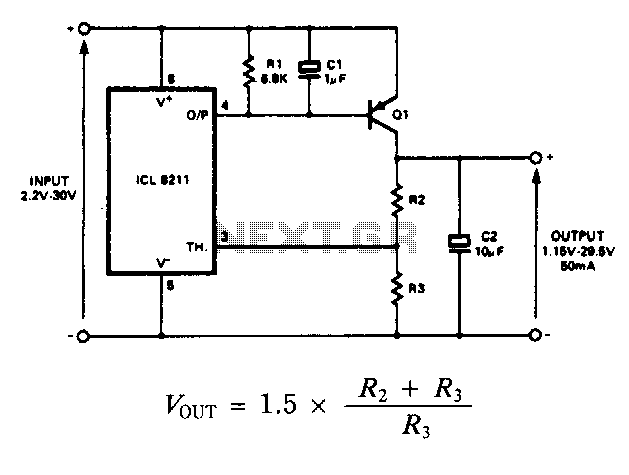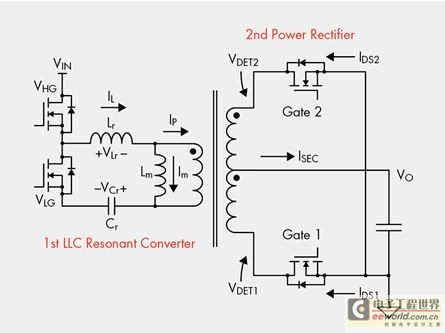
Ultra-Low-Ripple DC/DC Boost Converter with TPS60100
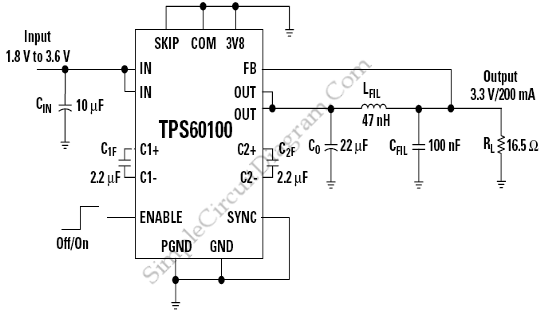
A DC/DC step-up converter is suitable for use in battery-powered equipment. This converter can be employed to generate supply voltages for internal circuits.
The DC/DC step-up converter, also known as a boost converter, is a critical component in various electronic applications, particularly where battery efficiency and voltage regulation are essential. Its primary function is to convert a lower input voltage from a battery source to a higher output voltage, allowing for the operation of devices that require more power than what the battery can provide.
A typical boost converter consists of several key components: an inductor, a switch (usually a transistor), a diode, and a capacitor. The operation of the converter can be divided into two main phases: the charging phase and the discharging phase. During the charging phase, the switch is closed, allowing current to flow through the inductor, which stores energy in the form of a magnetic field. When the switch opens, the inductor releases its stored energy, and the voltage across the inductor increases, resulting in a higher output voltage.
To maintain a stable output voltage, feedback control mechanisms are often implemented. These mechanisms monitor the output voltage and adjust the duty cycle of the switch accordingly, ensuring that the output voltage remains constant despite variations in load or input voltage. Common control methods include voltage mode control and current mode control, each with its own advantages in terms of stability and response time.
In practical applications, DC/DC step-up converters are widely used in portable devices such as smartphones, tablets, and wearable technology, where space and efficiency are paramount. They are also utilized in renewable energy systems, such as solar power applications, where the input voltage may vary significantly. The design of a boost converter must consider factors such as efficiency, thermal management, and component selection to optimize performance and reliability in the intended application.DC/DC step-up converter is applicable on battery-powered equipment. DC/DC step-up converter can be used to generate supply voltages for internal circuits that.. 🔗 External reference
The DC/DC step-up converter, also known as a boost converter, is a critical component in various electronic applications, particularly where battery efficiency and voltage regulation are essential. Its primary function is to convert a lower input voltage from a battery source to a higher output voltage, allowing for the operation of devices that require more power than what the battery can provide.
A typical boost converter consists of several key components: an inductor, a switch (usually a transistor), a diode, and a capacitor. The operation of the converter can be divided into two main phases: the charging phase and the discharging phase. During the charging phase, the switch is closed, allowing current to flow through the inductor, which stores energy in the form of a magnetic field. When the switch opens, the inductor releases its stored energy, and the voltage across the inductor increases, resulting in a higher output voltage.
To maintain a stable output voltage, feedback control mechanisms are often implemented. These mechanisms monitor the output voltage and adjust the duty cycle of the switch accordingly, ensuring that the output voltage remains constant despite variations in load or input voltage. Common control methods include voltage mode control and current mode control, each with its own advantages in terms of stability and response time.
In practical applications, DC/DC step-up converters are widely used in portable devices such as smartphones, tablets, and wearable technology, where space and efficiency are paramount. They are also utilized in renewable energy systems, such as solar power applications, where the input voltage may vary significantly. The design of a boost converter must consider factors such as efficiency, thermal management, and component selection to optimize performance and reliability in the intended application.DC/DC step-up converter is applicable on battery-powered equipment. DC/DC step-up converter can be used to generate supply voltages for internal circuits that.. 🔗 External reference
